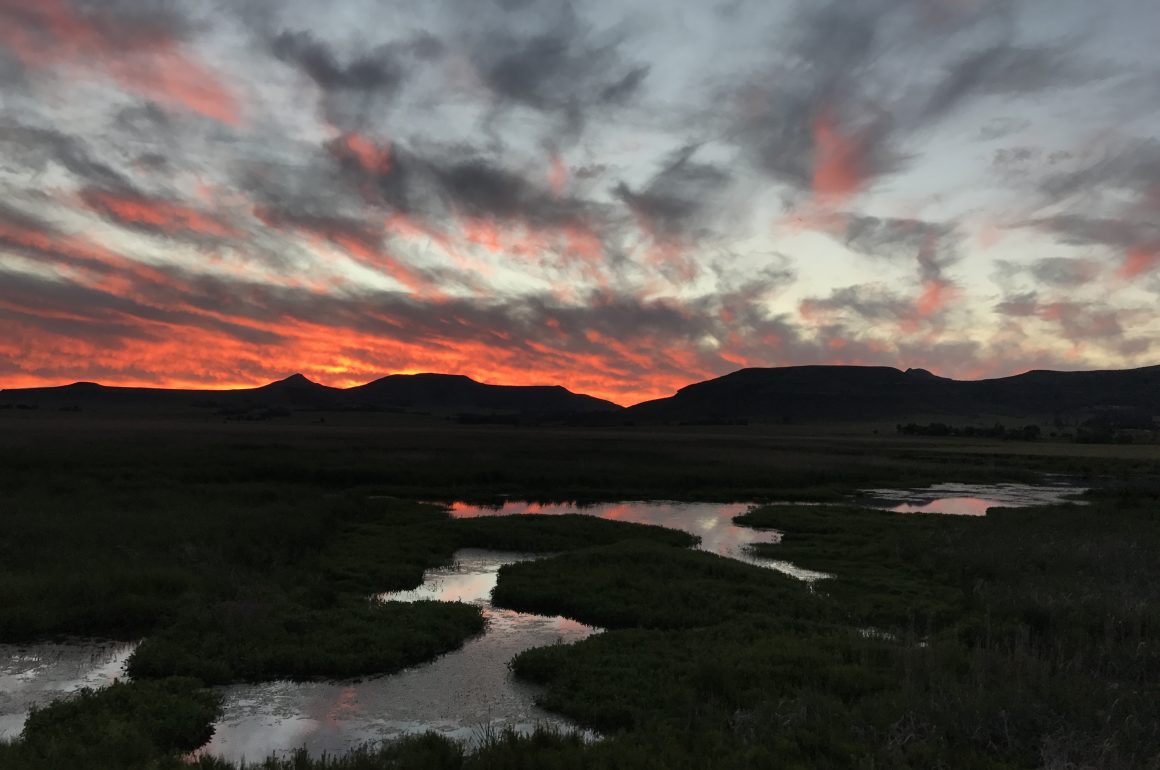
There are two questions I get asked a lot. Do you take pictures of the birds you see? Are you a bird-watcher then?
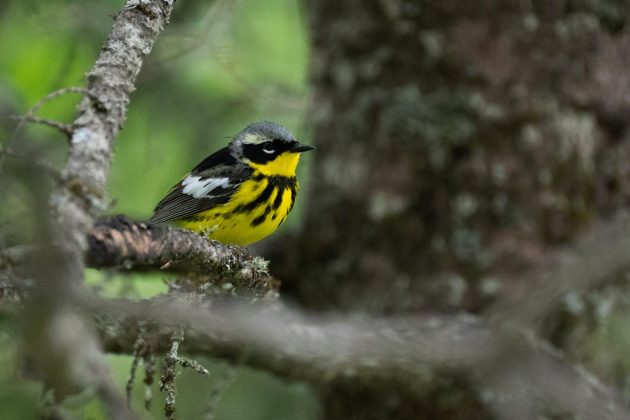
The answer to the first question is a resounding no. Shutting down one’s peripheral vision is not my idea of birding. Now you know why I go out without a camera, take horrible pictures but also make friends to allow me the use of their splendid pictures. I would also never crawl into a hide in the boiling sun.
The second question is more interesting and not so easily answered. Let’s go down to a local café so I can explain over a cup of coffee.
What is a birder? What is a bird-watcher? How many are there? This has been investigated by this website before, see this link and the links it links to. To me the definition depends on an attribute all birders will recognise: the list! My hypothesis: a birder is a bird-watcher with one or more lists.
I have been a bird-watcher most of my life. I wouldn’t keep a record of any sorts, but I was able to recognise and identify many birds. We moved to northern England, I watched birds. We moved to Hong Kong, my wife shopped and I watched birds. We moved to Malaysia, I watched birds and gained 10 kilos eating that gorgeous food. Then, in 2002 I went on my first safari in South Africa’s Kruger park. My friend Bas had brought along binoculars and a guidebook. Sofar, nothing new. And then he did something incredible: the man made notes in his guidebook… On a first trip to Kruger with Elephant, Lion, Cape Buffalo, Kudu, Steenbok, vultures and so much else going on this ended up being nothing more than an oddity, a “huh, look at that” moment. The true Aha-Erlebnis, the conversion from watcher to birder still lay in the future. But the seed now lay dormant in the soil.
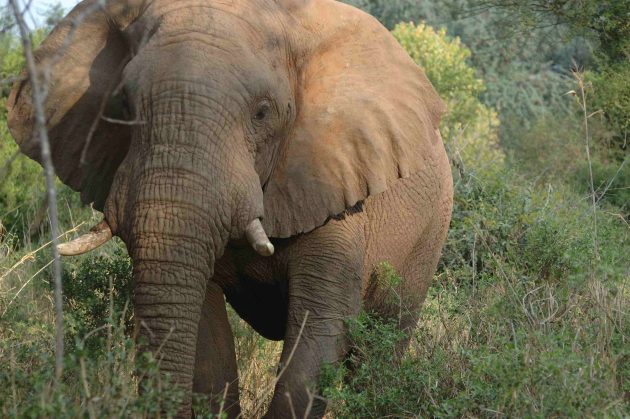
My true road to Damascus came on the 28th of January 2009, in another African park: Pilanesberg, South Africa. With the same friend and now having my own book I started noting down the “lifers” – a new concept that triggered something deep inside my belly… I first copied across those lifers from the 2002 trip, then compared my total with Bas’, realised I was hundreds of species behind and my competitive-obsessive mind shifted into gear, never to stop since. I am a birder now, not a bird-watcher. That memorable day we saw Black-throated Canary, Brown-hooded Kingfisher, Crimson-breasted Shrike, Didric Cuckoo, Kalahari Scrub-Robin, Lesser Grey Shrike, Little Bee-eater, Pin-tailed Whydah, Rattling Cisticola, Red-backed Shrike, White-browed Scrub-Robin and many others.
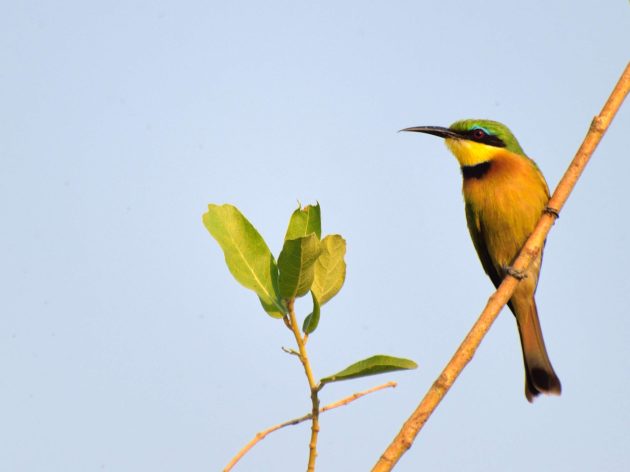
Do not blame my friend for my obsession. We can’t judge him. Yes, his own life goal is indeed weird enough to have featured in a Dutch national newspaper (the serious press, no less).
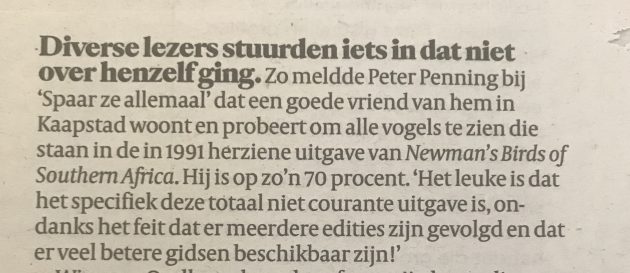
His objective is to see all the birds presented in Newman’s Birds of Southern Africa, 1991 revised edition. That includes birds that do no longer count as a species or ever even existed (Cinnamon Reed Warbler), birds that are not in the South African region (Audubon’s Shearwater) and misses birds that are (Angola Cave-chat). Oh, and he has ticked more than 680 birds already.
That’s all very strange behaviour. I consider myself normal – I keep a lifer list and while eBird tries to entice me to do regional and local lists I can’t be bothered. I have allowed myself just a bit of eccentricity. Besides keeping a master list of lifers in the HBW checklist “All the Birds of the World” (and in a spreadsheet in case of fire) I do mark each bird in my guidebooks. I use a green colour if I have seen the species in the region of the respective guidebook and yellow if I have seen it elsewhere. That way I can see on my second or nth visit to the region if a bird is a lifer or just new for the region. Green overwrites yellow, hence the logic of the colour scheme.
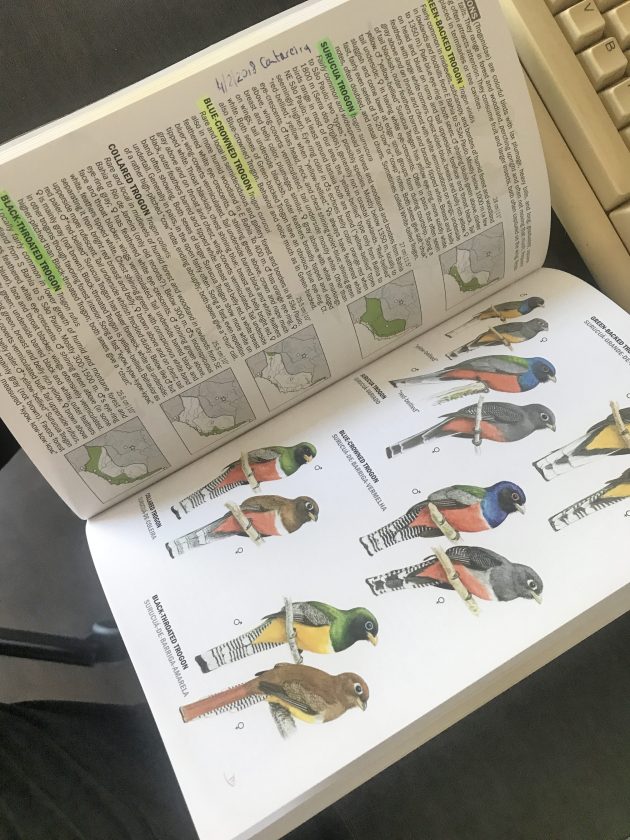
I also scribble the date and location in the margin. I buy a guidebook for every region I visit but you knew that already. My list now stands at 2110 species. I have identified each and everyone myself and surprisingly I only need to look at the entry in the book and memories start flooding in. Whom with, where, the circumstances. That’s why I believe birders are mentally richer than bird-watchers – the list allows you to build a memory palace that reminds you of all those other good things.
Bird-watching is good, birding is better and twitchers exaggerate and ruin it all.



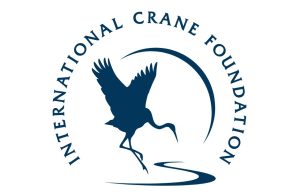







As an old-fashioned Englishman, I have a dislike of contrived nouns, so I’ve never been happy with the word birder. It’s a bit like a horse enthusiast being called a horser. However, I have to admit that the verb birding has been around for many years: Shakespeare, in the Merry Wives of Windsor, noted that “She laments, sir … her husband goes this morning a-birding”. Peter makes a good case of defining a birder. I reluctantly admit to being a birder, as I do keep lists, though it’s a long time since I added up my world list. I suppose that I’m a birder who likes watching birds, and is quite keen on photographing them, too.
Interesting story!
I also love to watch more than taking pictures, but seeing the pictures from bird photographers area always tempting to do so too and needing the pictures for any new or suspicious species we see is also makes me feel need of photography. I used to also think that photographers can not be a birder or birdacher but I guess – why not! I also love to watch birds, at the same time taking pictures. Happy birding